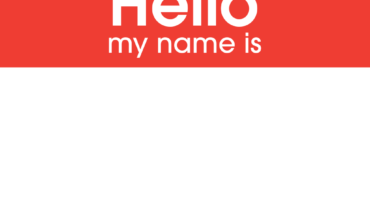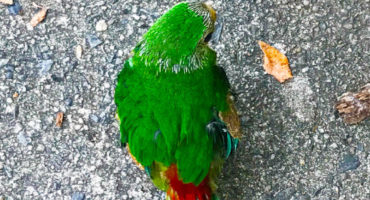Bold ideas, Game Changers and New Concepts
Bold ideas came out of the opening session of the 2009 We Media conference. A review and summary of the projects and people behind the Game Changer awards had a common thread : In each case, these projects used social media to engage people, as individuals, citizens or community members in a way that is transforming the way we think about everything from games to self-identity.
Ze Frank by proxy spoke about relationship between how and why we play games. You might think games are defined by their rules – pass go and collect 100 dollars. Hit a ball over the net. Find a chair before the music stops etc . But rules are just the boundaries of games, not their raison d’etre. Rather, games are a means by which to engage the social world, creating potential spaces in which to befriend, debate, win, lose, laugh and engage. Through his unique mix of humor, technology and performance art, Ze Frank is helping to change the way we think about games and gaming.
Through the use of a robust and diversified media strategy, Freewheelin’ has spread the word about bike sharing and making people healthier in the process. We typically think of health care as the treatment and management of disease once it has occurred. But by supporting behavior that is fun and healthy alike, Freewheelin’ is attempting to reduce the rates of stroke, diabetes, hypertension and a host of other illnesses by changing our lifestyle. In focusing on prevention, Freewheelin is helping to change the way we think about health care.
Twitter is the online answer to the question “what are you doing?” By providing a space in which to blog, update and otherwise inform the world about your ideas, actions, thoughts, beliefs etc, Twitter provides a democratic medium for self expression in the public domain. It is a new tool to express oneself in a way that is less private but more nuanced, complex and timely than more traditional media outlets. Twitter is changing how we think about ourselves.
Ushahidi also uses social media to ask “what are you doing?” , but for the sake of understanding “what is happening?”. They seek to communicate information about disasters as they occur by leveraging the reporting capabilities of individuals at the scene using readily available technology. By using the direct experience of non professional reporters as events transpire, Ushahidi is democratizing news media , covering an information space that traditional media cannot reach, redefining the content (personal experience) and immediacy ( real time) of disaster reporting and changing how we think about the news.
Social vibe started as a marriage of advertising, consumers and their social networks. In one traditional advertising model, people pay a premium to be braded – they buy shirts with Hilfiger logos, sport Ran bay sunglasses, run with Nike shoes. Social vibe flips that concept on its head – now advertisers gain access to their customers by supporting them in the causes they care most about. In doing so, Social vibe is changing the way we think about advertising and fundraising.
David Plouffe demonstrated that social media are not just tools to help fundraise but tools to organize grassroots campaigns, to disseminate information to voters and to respond rapidly in political debates. David Plouffe used social media to carry that message of change so canonical of the Obama campaign to a younger audience. In doing so, he changed the way we think about political strategy.
The Knignt foundation and innocentive, investing in experimental journalism and providing a platform for connecting scientific questions and answers respectively, are great examples of how technology can be part of the solution and how creative use of social media can change how we think about problem solving.



